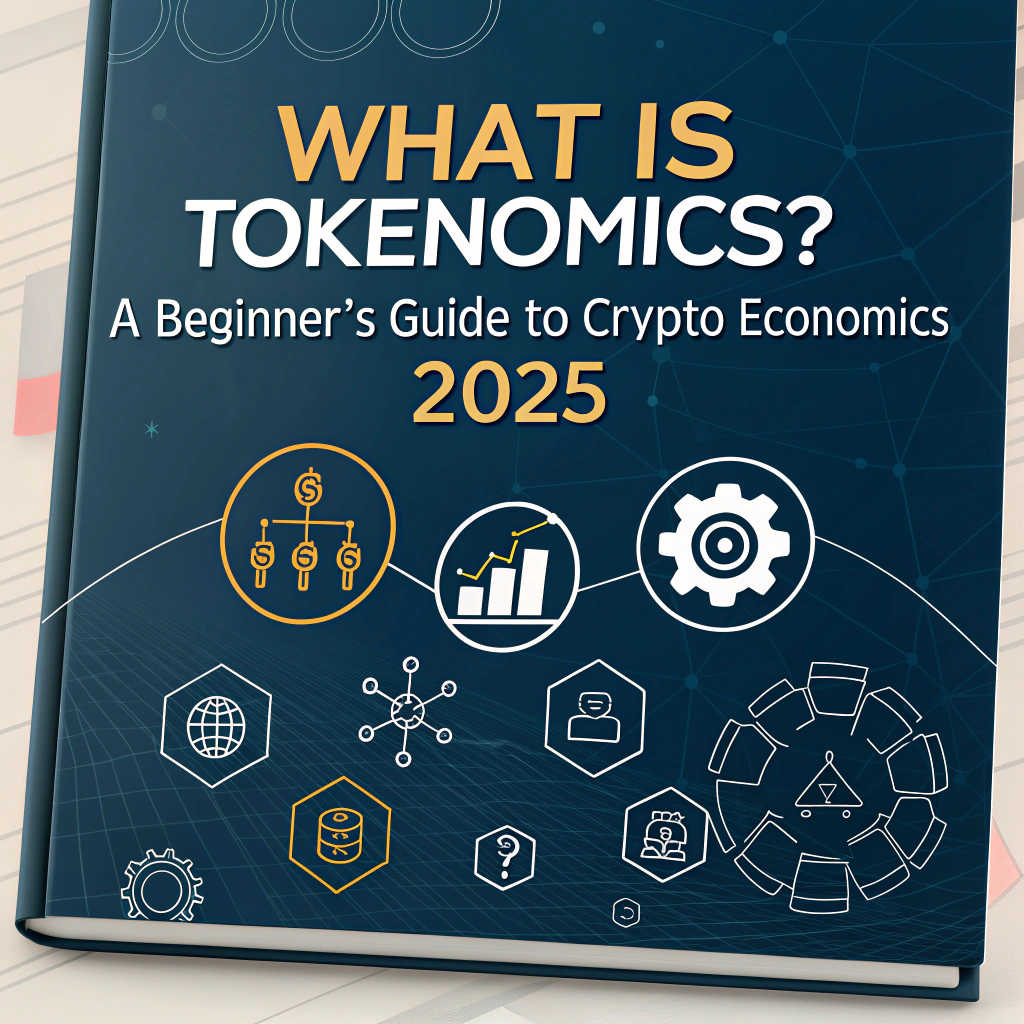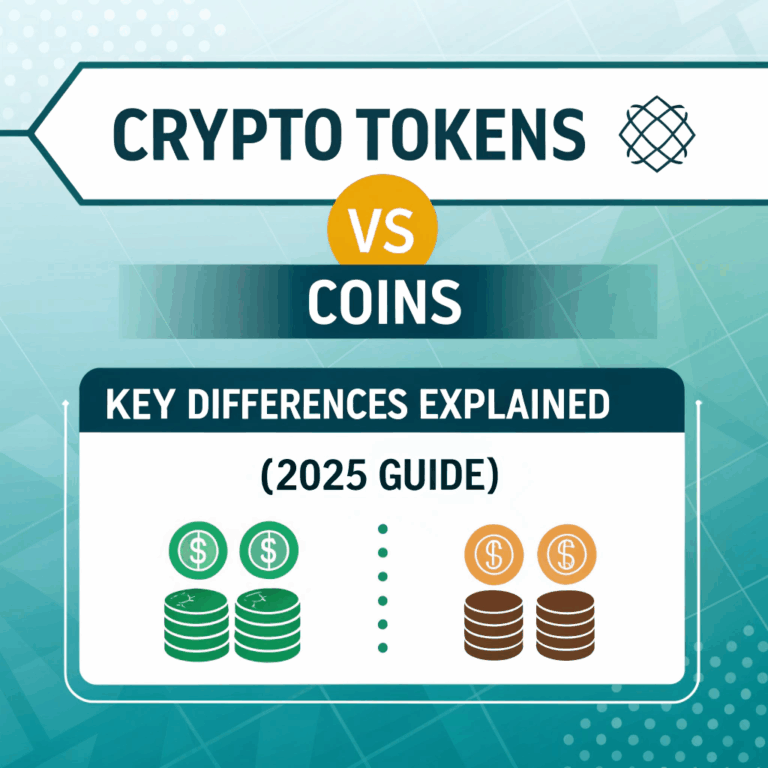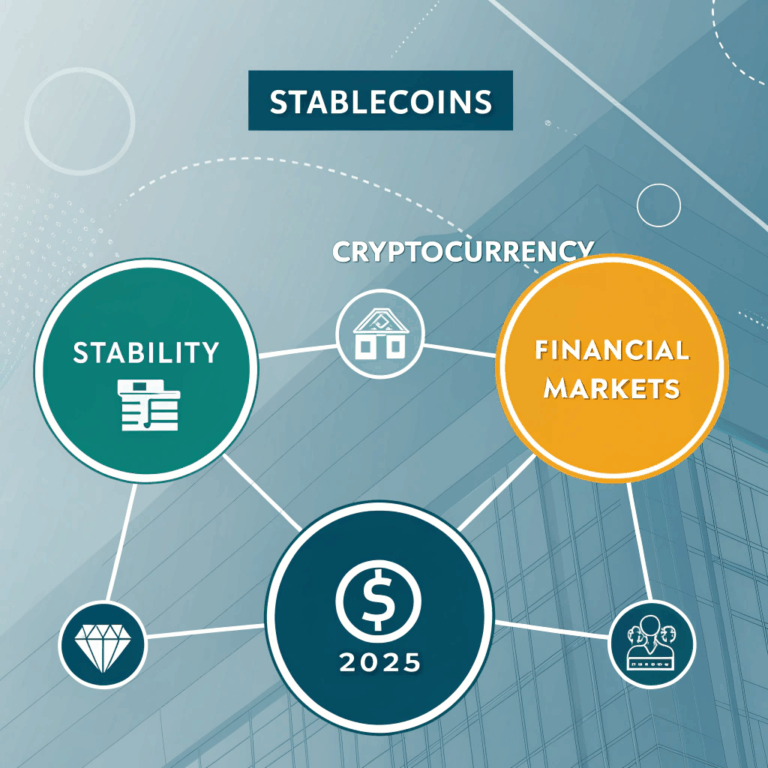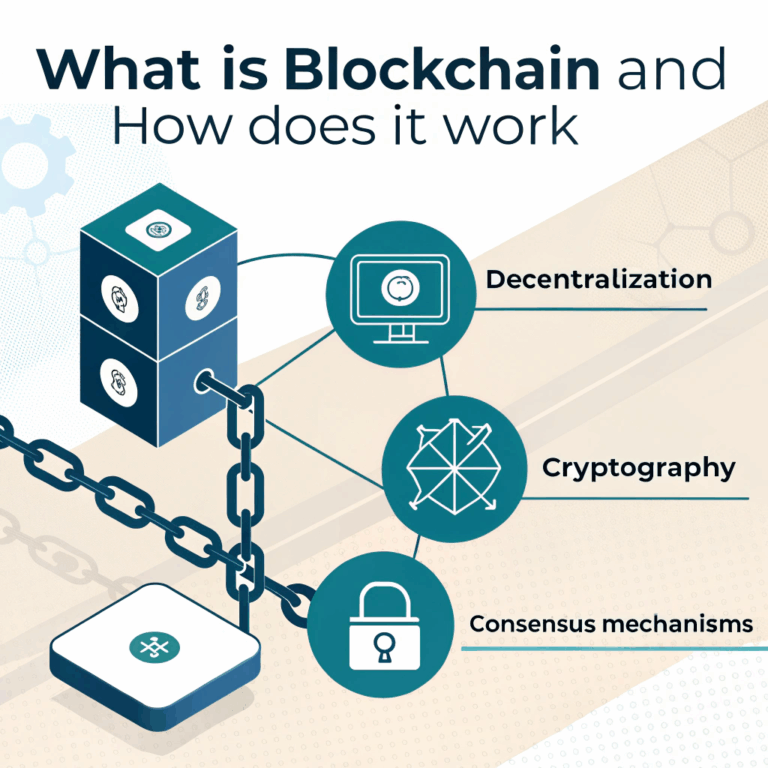What Is Tokenomics? A Beginner’s Guide to Crypto Economics (2025)

Introduction
In crypto, not all tokens are created equal. Two projects might look the same — but one explodes in value, while the other crashes. Why? One reason is tokenomics — the economic system behind a token. In this guide, you’ll learn how to read tokenomics like an expert and avoid getting wrecked.
What Is Tokenomics?
Tokenomics = Token + Economics
It refers to the economic design and behavior of a cryptocurrency token, including:
- How it’s created
- How it’s distributed
- What gives it value
- How it behaves over time
In short, tokenomics answers:
“Why would someone want to buy, hold, or use this token?”
Why Tokenomics Matters in Crypto
Strong tokenomics help a project:
- Attract users and investors
- Maintain long-term value
- Avoid inflation and crashes
- Incentivize good behavior in the ecosystem
Weak tokenomics often lead to:
- Pump-and-dumps
- Whale control
- Unsustainable rewards
- Lack of real demand
Key Elements of Tokenomics
🔹 Token Supply
- Max Supply: Total number of tokens that will ever exist
- Circulating Supply: Tokens currently in the market
- Initial Supply: Tokens released at launch
- Burn Mechanism: Reduces supply to create scarcity
🔹 Token Utility
- What can the token do?
- Pay for services
- Access a platform
- Vote in governance
- Earn staking rewards
- Collateral in DeFi
🔹 Token Distribution
- Who gets the tokens and when?
- Founders
- Investors
- Community
- Ecosystem rewards
A fair launch is better than a token with 60% held by insiders.
🔹 Inflation and Deflation
- Inflation = new tokens added regularly
- Deflation = tokens burned or removed
Balanced models keep price stable over time.
🔹 Vesting and Lockups
- Prevents early investors from dumping
- Gradually releases tokens over time
- Signals long-term commitment from team
🔹 Governance
- Does the token give voting rights in the project?
- Is it used in DAOs to make decisions?
Governance tokens allow communities to control protocols.
Types of Tokens
| Type | Purpose | Example |
|---|---|---|
| Utility Token | Access to features/services | UNI, AAVE |
| Governance Token | Vote on decisions | COMP, MKR |
| Security Token | Investment contracts (regulated) | Synthetix-style assets |
| Stablecoin | Pegged to stable assets (non-volatile) | USDC, DAI |
| Meme Token | Hype-based with limited utility | DOGE, PEPE |
Tokenomics in DeFi and NFTs
In DeFi, tokenomics affect:
- Yield farming rewards
- Liquidity incentives
- Staking mechanisms
- Token emissions over time
In NFTs, tokenomics relate to:
- Royalties
- Utility tokens tied to collections
- Community incentives
Strong NFT ecosystems now often include tokens to add value and utility.
How to Analyze a Project’s Tokenomics
- Read the whitepaper/tokenomics page
- Ask:
- Is the supply capped?
- Who holds the tokens?
- What’s the use case?
- Are there burns or staking?
- How are rewards sustainable?
- Use tools:
- CoinGecko
- TokenUnlocks
- Messari
- Etherscan (check token holders)
Common Tokenomics Red Flags
- Huge supply with no cap
- 50%+ held by founders or early investors
- No clear utility
- No vesting or lockup schedules
- Unsustainable APY (e.g., 1000%+ APR)
- Vague or copy-pasted whitepapers
Real Examples of Good Tokenomics
- ETH: Utility + staking + burn (EIP-1559)
- BNB: Burn mechanism + exchange discounts
- AAVE: Governance + staking + safety module
- DAI: Stablecoin with decentralized issuance
- LDO (Lido): Governance + staking derivative system
These tokens offer real use, fair distribution, and clear value.
FAQ
Is a lower token supply always better?
Not always — it depends on utility and demand. Some tokens work well with high supply (like SHIB).
Should I avoid inflationary tokens?
Only if inflation isn’t balanced with real demand or utility.
What’s the difference between tokenomics and a whitepaper?
Tokenomics is a section of the whitepaper focused on the economics of the token.
Can tokenomics change after launch?
Sometimes — especially if the project is governed by a DAO. But it should be transparent.
Conclusion
Understanding tokenomics is crucial in crypto investing. It helps you spot sustainable projects, avoid scams, and evaluate long-term value. Don’t get fooled by hype — always check how the token is structured, who controls it, and why it’s needed.





